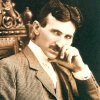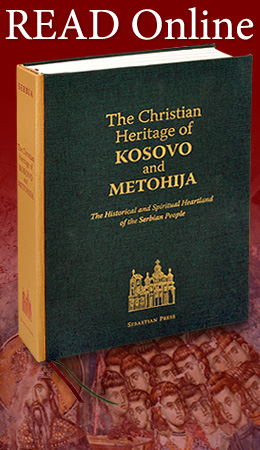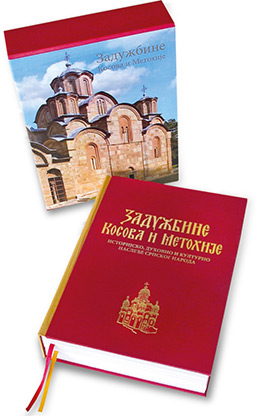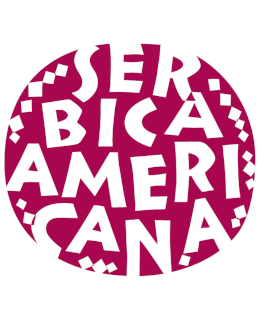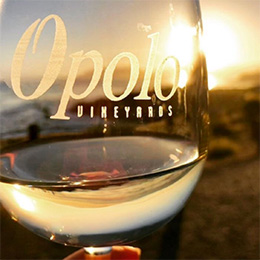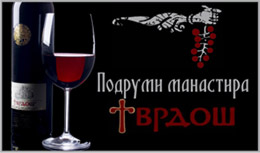Born to a Serbian family in Smiljan, Lika, then part of the Austro-Hungarian Empire, Nikola Tesla earned his education in Graz (Austria) and Prague, and worked in Budapest and Paris before arriving in New York in 1884. He started working at the Edison's company, but Tesla and Edison immediately became adversaries due to disagreement regarding the direct current (DC) system promoted by Edison, and AC system advocated by Tesla. In 1887 Tesla established his own company and filed for 7 U.S. patents in the field of polyphase AC motors and power transmission.
In April of 1887, Tesla began investigating what would later be called X-rays using his own single node vacuum tubes. This device differed from other early X-ray tubes since they had no target electrode. By 1892, Tesla became aware of what Wilhelm Rontgen in 1895 identified as effects of X-rays.
In 1888 he developed the principles of "Tesla coil" (patented in 1891) and began working with George Westinghouse at Westinghouse Electric & Manufacturing Company's Pittsburgh labs. Westinghouse listened to his ideas for polyphase AC systems, which would allow transmission of alternating current electricity over large distances.
On July 30, 1891 Tesla became a citizen of the United States at the age of 35 and established his Houston Street laboratory in New York. He lit vacuum tubes wirelessly, providing evidence for the potential of wireless power transmission. From 1893 to 1895, he investigated high frequency alternating currents. He generated AC of one million volts using a conical Tesla coil and investigated the skin effect in conductors, designed tuned circuits, invented a machine for inducing sleep, cordless gas discharge lamps, and transmitted electromagnetic energy without wires, effectively building the first radio transmitter. In 1893 in St. Louis, Missouri, Tesla made a demonstration related to radio communication. Later that year, at the 1893 World's Fair, the World's Columbian Exposition in Chicago, Illinois, an international exposition was held which for the first time devoted a building to electrical exhibits. It was a historic event as Tesla and George Westinghouse introduced visitors to AC power by using it to illuminate the Exposition. On display were Tesla's fluorescent lights and single node bulbs. Tesla also explained the principles of the rotating magnetic field and induction motor by demonstrating how to make an egg made of copper stand on end in his demonstration of the device he constructed known as the "Egg of Columbus". After the triumph at the Chicago World's Fair, the Niagara Falls Commission awarded in October 1893 a contract to Westinghouse and Tesla to build the first hydroelectric power system at the Falls. As a result of the "War of Currents," Edison and Westinghouse were almost bankrupt, so in 1897, Tesla released Westinghouse from contract, and the need to pay Tesla patent royalties.
Tesla spent one year in Colorado Springs (1899) where he built his "magnifying transmitter" capable of producing millions of volts. While there, he envisioned his world-wide wireless system for transmission of signals and energy. In 1897, Tesla filed his first basic radio patent applications, that were granted in 1900. A year later, he demonstrated a radio controlled boat to the US military, believing that the military would have a need for a radio controlled torpedoes. Tesla developed the "Art of Telautomatics", a form of robotics.
In 1904, the US Patent Office reversed its decision and awarded Guglielmo Marconi the patent for radio, and Tesla began his fight to re-acquire the radio patent. Later in 1907, Marconi was awarded the Nobel Prize for radio. Tesla was deeply resentful. In 1915, Tesla filed a lawsuit against Marconi attempting, unsuccessfully, to obtain a court injunction against the claims of Marconi.
Tesla, in 1917, first established principles regarding frequency and power level for the first primitive radar units. In 1931, his contribution to electrical power generation put him on the cover of Time magazine. In 1934, Emile Girardeau, working with the first French radar systems, stated he was building radar systems "conceived according to the principles stated by Tesla". By the twenties, Tesla was reportedly negotiating with the United Kingdom government about a ray system. Tesla had also stated that efforts had been made to steal the so called "death ray". Tesla died of heart failure alone in the New Yorker hotel on January 7th, 1943, at the age of 86. Later that year the US Supreme Court upheld Tesla's radio patent in effect recognizing him as the inventor of radio.
Tesla considered his exploration of various scientific questions as means to improve the human condition with the principles of science and industrial progress, one that was compatible with nature. Many contemporary admirers of Nikola Tesla have affectionately deemed him "the man who invented the twentieth century".
Book:
Secret of Nikola Tesla
This is a rare English-Language film produced in the former Yugoslavia that tells the story of Nikola Tesla's arrival in America and his encounters with Thomas Edison, George Westinghouse and the mighty financier J.P. Morgan, played by Orson Welles.
It portrays one of the most pivotal periods of modern history, during Tesla's development of alternative current, as the global standard for electrification and the tragedy of this great inventor who aspired to change the world for the better.

